Whenever I show up to interview a source for a magazine story, it must look like I have traveled from the past, like some gray-haired Marty McFly going Back to the Future. That’s because one of the first things I do is pull out my ancient Sony cassette recorder—something only a time traveler would carry.
Yes, you heard right. Cassette recorder.
Whenever I unveil this dinosaur, the person I’m interviewing usually makes some comment about not having seen one of these things since he was a toddler. But just to show that I’m not entirely ancient, I also bring out a compact, digital recorder.
I like using both digital and cassette recorders when interviewing sources for a couple of reasons. First, I am paranoid about losing my recordings, so this gives me a backup, with one copy being digital and the other analog.
Second, I actually prefer to transcribe my interviews from the cassette recorder. Until they develop a program that can automatically transcribe a digital file from audio to text, I plan to transcribe from cassettes and keep the digital copy as my permanent copy.
Up to this point, my Almost An Author blogs have all had to do with fiction writing. But I also do a considerable amount of non-fiction magazine writing, so I thought I would take you through my process over the next few columns, beginning with the interview. My background is journalism, and I have been writing non-fiction stories since my college days in the 1970s (when cassette recorders actually were hip).
Over the past 40 years, this is the interview process that I have found to work best. Some of this may or may not be for you. So, for what it’s worth, here are my steps:
Prep Work. In most cases, my job is to interview university professors about their research or alumni about their careers. In preparation, I do anywhere from a half hour to an hour and a half of background research, depending on the complexity of the subject. From this research, I prepare roughly 40 or so questions.
The Interview. I typically arrive at the location of an interview about 20 minutes ahead of time. I use the extra time to take a final review of the questions. This also gives me some extra time to locate the office of the professor I’m interviewing, enabling me to arrive at his or her office exactly on time. (I’m also a bit obsessive about punctuality.)
Of course, before I record an interview, I first ask the source’s permission. I made this mistake only once, when I was in my twenties (when I was young and foolish), and I was interviewing a prominent British Christian author. He got pretty angry when he saw me tape recording, but he probably could have been more polite in the way he asked me to switch it off. (The British bloke probably hadn’t had his morning cup of tea yet.)
By the time I actually conduct an interview, I am usually familiar enough with the questions that I rarely refer to them—although I keep them handy and occasionally glance at them. Before I end an interview, I take a final scan of the questions to make sure I covered everything.
Transcribing. Whenever I transcribe the recording of the interview, I type as fast as I can go, not stopping to correct typos. After all, I’m the only one who is going to see the transcription, so who cares about typos, as long as the text is understandable to me.
What’s nice about transcribing is that, although it can be tedious, it allows me to revisit the interview, and I begin to get a sense of the story in my mind as I transcribe. I transcribe for about a half hour at a time and then take a break, keeping myself from going bonkers.
Finally, when the transcription is complete, I read through it in its entirety, underlining and highlighting key passages. I also jot notes along the left margin of the page, indicating what topic is being covered in the corresponding sections. That way, whenever I’m trying to locate a certain topic from the transcription, I simply look at the margin notes to find the relevant section. It’s easier than scanning the text.
For the kinds of stories I write, my interviews generally last about 45 minutes to an hour, and the transcribed text is anywhere from eight to 10 pages long—single-spaced.
With the interview transcribed, I am now ready to write, which is probably the least time-consuming part of the process.
I have found this system to be thorough, effective, and hopefully foolproof with my backup recordings. Therefore, I will probably continue to use this system until the day I retire—or until my prehistoric cassette recorder finally conks out, whichever comes first. My trusty recorder might very well outlast me.
* * *
5 for Writing
- Get writing. Find the time to write. Then do it.
- Learn by listening—and doing. Solicit feedback, discern what helps you.
- Finish your story. Edit and rewrite, but don’t tinker forever. Reach the finish line.
- Thrive on rejection. Get your story out there. Be fearless. Accept rejection.
- Become a juggler. After one story is finished, be ready to start another. Consider writing two at once.

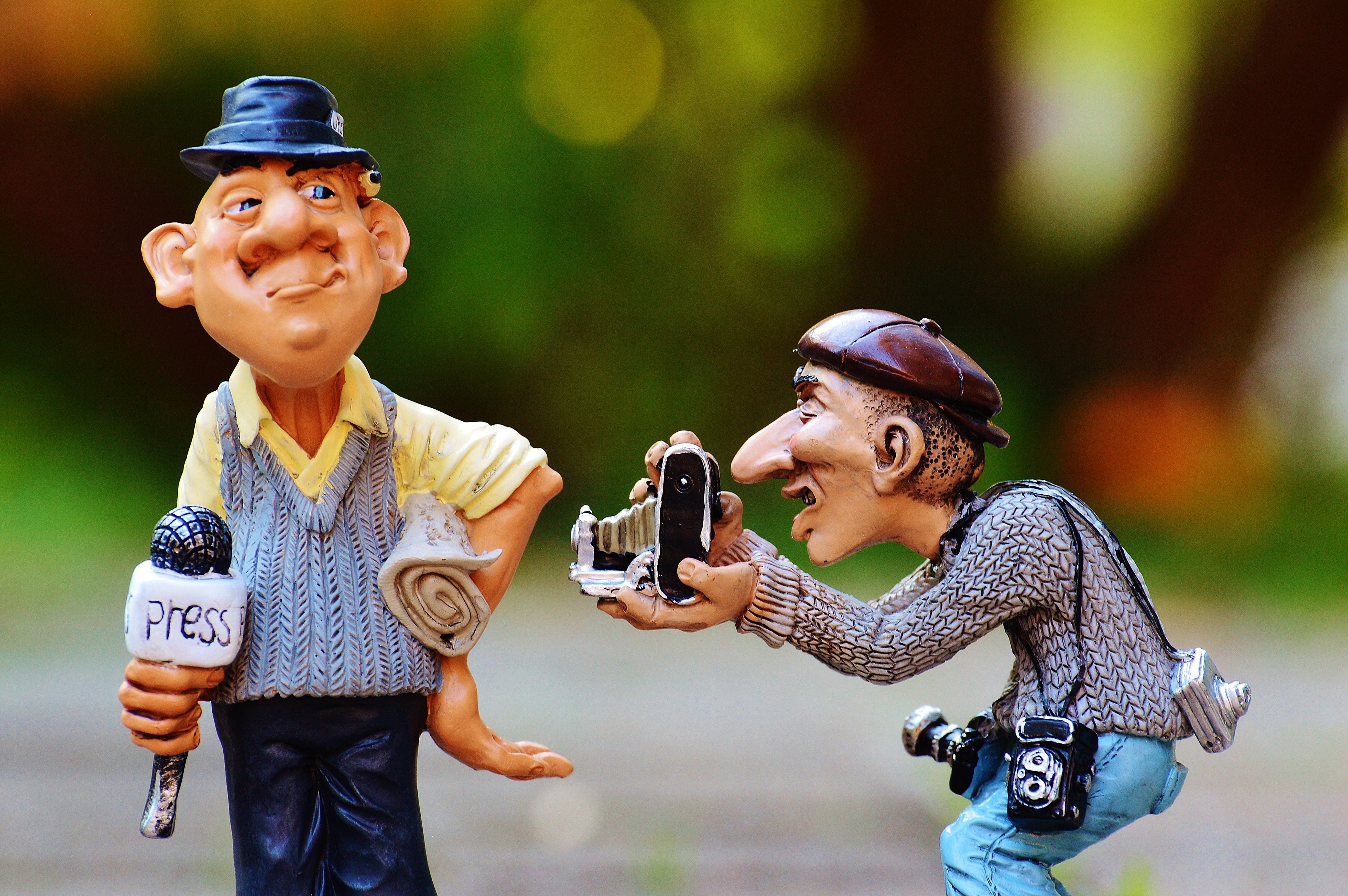

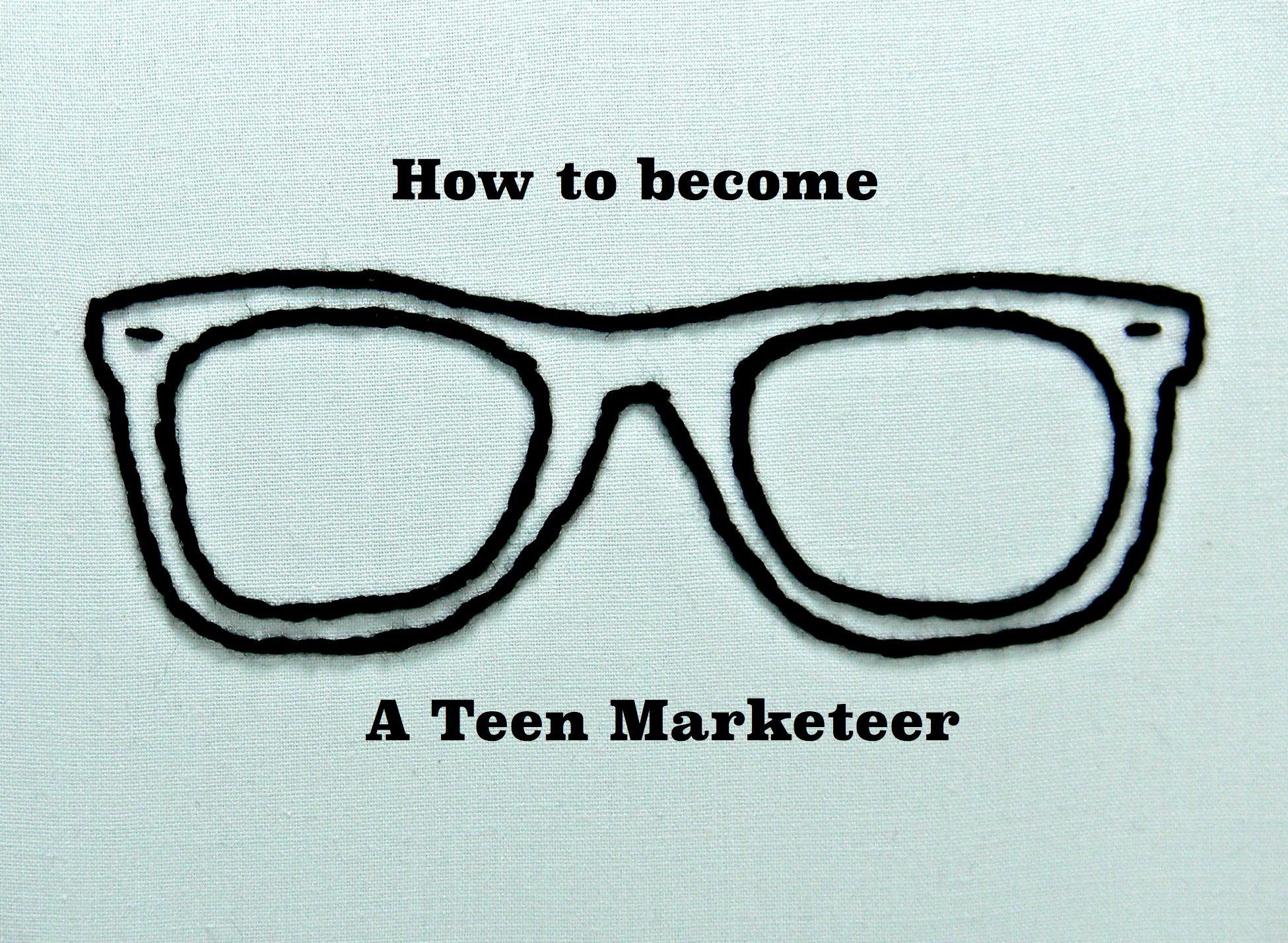
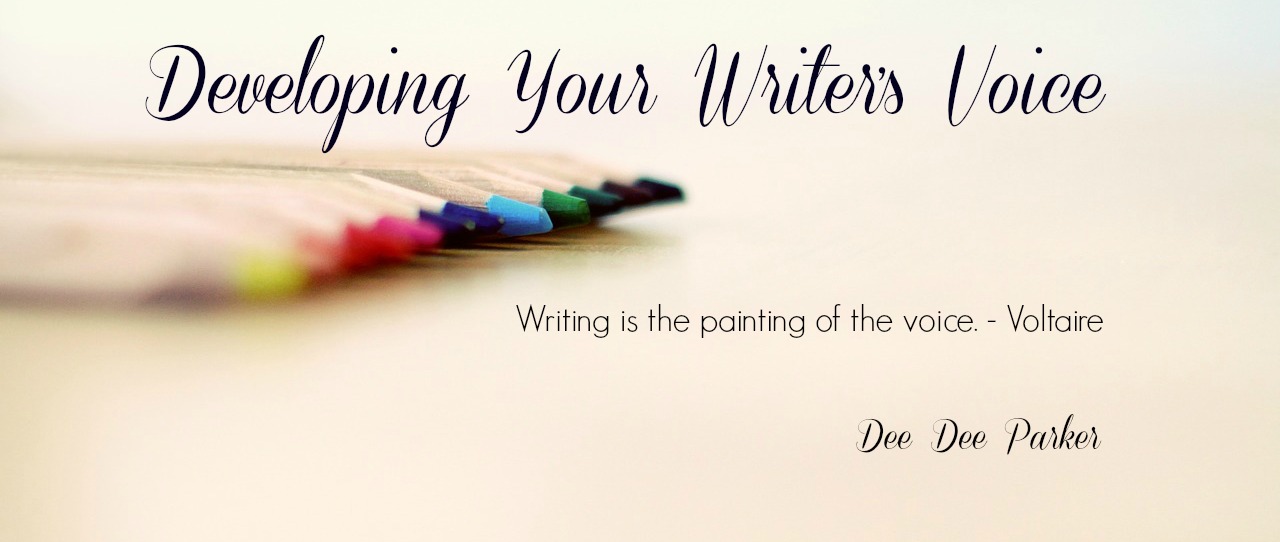
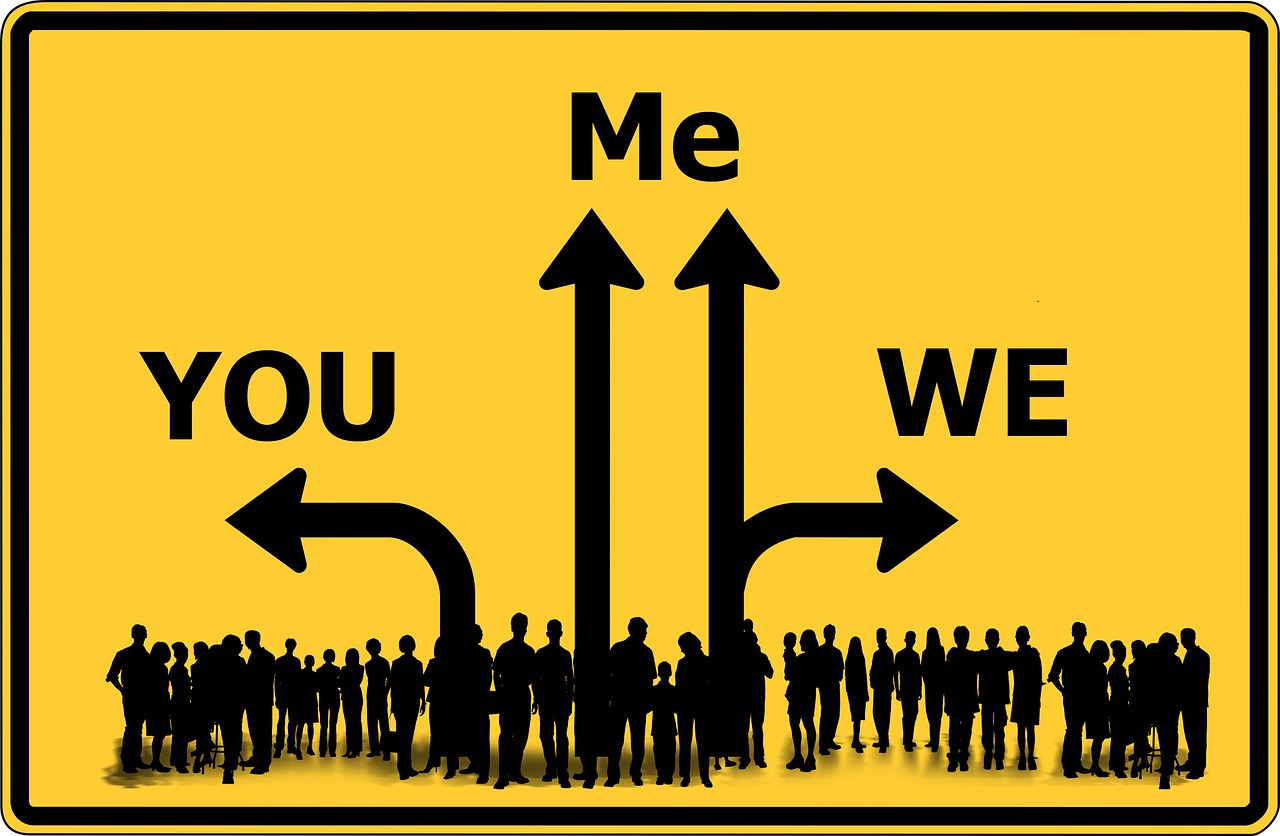
 We love helping your growing in your writing career.
We love helping your growing in your writing career.
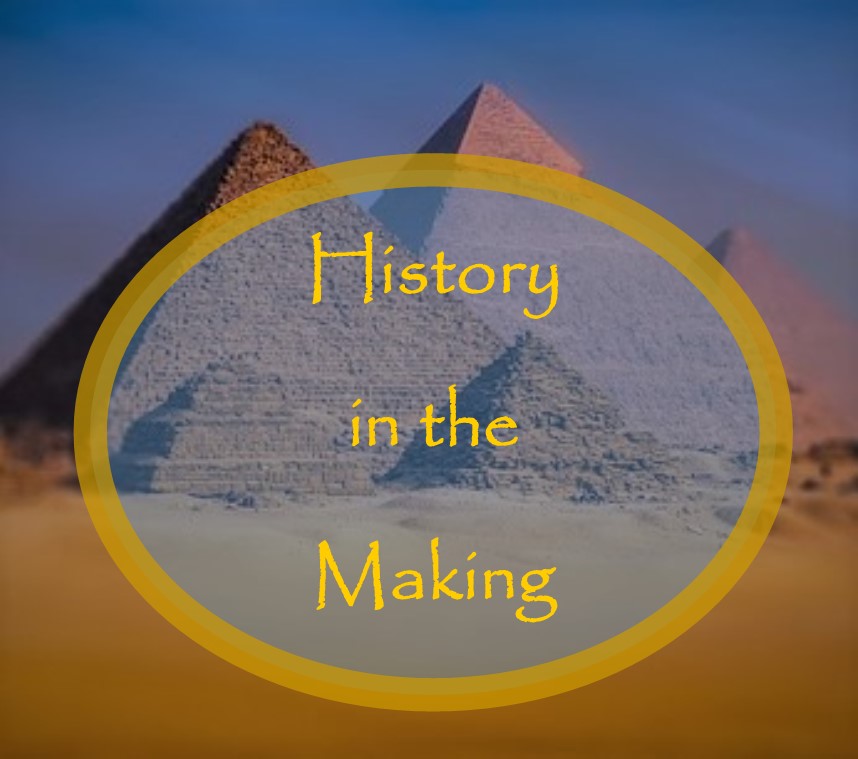
2 Comments
Doug, Thank you for this great information. I think I will bring a recorder to my next interview.
I’m not sure what I’d do without a recorder. If I had to read my notes (and I still take notes), I’d be in trouble. My handwriting is worse than a doctor’s.